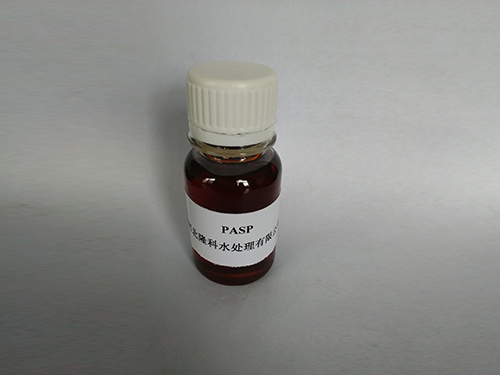polyacrylamide flocculant water treatment
Polyacrylamide as a Flocculant in Water Treatment
Water treatment is a critical aspect of environmental management and public health. As industrialization and urbanization continue to increase the demand for clean water, innovative and effective methods have become essential. One such method involves the use of polyacrylamide (PAM) as a flocculant. Polyacrylamide is a synthetic polymer that plays a vital role in various water treatment processes, particularly in the coagulation and flocculation stages.
Flocculation is the process by which fine particulates are agglomerated into a floc, which then facilitates easier removal from water. The effectiveness of any flocculant is largely determined by its molecular weight, charge density, and concentration. Polyacrylamide is available in various formulations, including anionic, cationic, and nonionic variants, which allows for tailored applications based on the specific requirements of the water being treated.
One of the significant advantages of using polyacrylamide in water treatment is its ability to enhance the settling rate of particulates. In municipal and industrial wastewater treatment plants, the presence of suspended solids can hinder the separation of contaminants from the water. By adding PAM, particles can be effectively bound together, creating larger aggregates that settle more rapidly, thereby improving the efficiency of clarifiers and sedimentation tanks.
polyacrylamide flocculant water treatment

Another benefit of polyacrylamide is its versatility across different types of wastewater. Whether it is for treating domestic sewage, industrial effluents, or agricultural runoff, PAM can be employed to address diverse contaminants, including oils, heavy metals, and organic matter. For instance, in mining operations, anionic polyacrylamide can be used to aid in the removal of sediment from process waters, ensuring compliance with environmental regulations.
Moreover, the use of polyacrylamide flocculants is beneficial for reducing chemical oxygen demand (COD) and biochemical oxygen demand (BOD) in treated waters. This is particularly important for maintaining the ecological balance in receiving bodies of water. By lowering these metrics, we not only enhance the quality of the water but also contribute to the sustainability of aquatic ecosystems.
Despite its benefits, the application of polyacrylamide must be managed carefully. Concerns regarding the potential toxicity of PAM, particularly in its cationic form, have been raised. Cationic polyacrylamide can be harmful to aquatic life if not properly dosed or if residual PAM is discharged into natural water bodies. Therefore, it is crucial for water treatment facilities to adhere to strict guidelines and conduct thorough monitoring to ensure that residual polymer levels remain within safe limits.
In conclusion, polyacrylamide is an effective flocculant that enhances water treatment processes through the agglomeration and settling of suspended solids. Its versatility allows for applications across various industries, from municipal to industrial wastewater treatment. Nevertheless, the proper use and management of polyacrylamide are essential to avoid potential environmental risks. As water treatment technologies continue to evolve, polyacrylamide will undoubtedly play a significant role in addressing the growing challenges of water pollution and resource management. Embracing such innovations can lead us towards achieving cleaner, safer water for all.
-
Water Treatment with Flocculant Water TreatmentNewsJun.12,2025
-
Polymaleic AnhydrideNewsJun.12,2025
-
Polyaspartic AcidNewsJun.12,2025
-
Enhance Industrial Processes with IsothiazolinonesNewsJun.12,2025
-
Enhance Industrial Processes with PBTCA SolutionsNewsJun.12,2025
-
Dodecyldimethylbenzylammonium Chloride SolutionsNewsJun.12,2025





